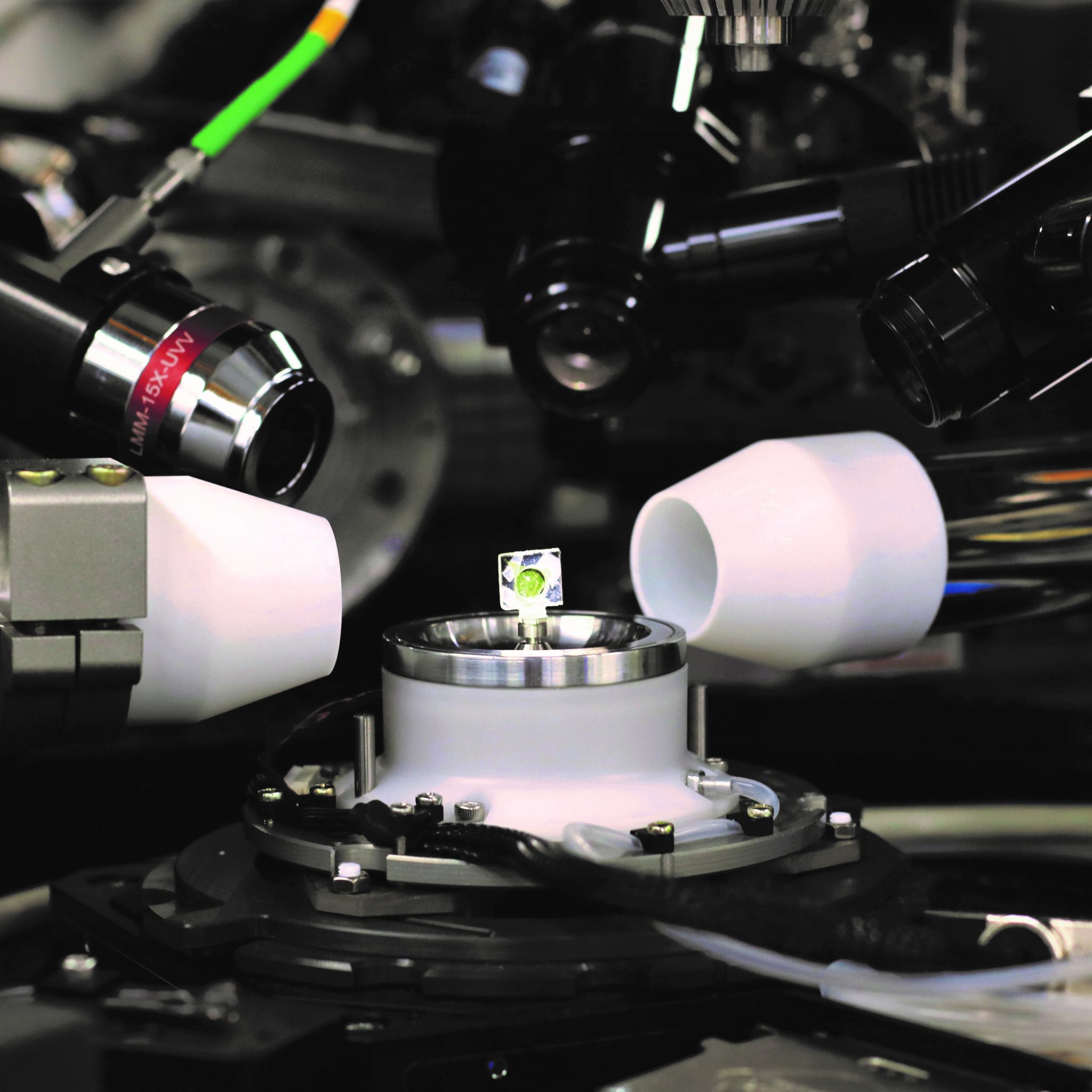The CARNAÚBA Group is responsible for the design, commissioning, and operation of the CARNAÚBA beamline (Coherent X-ray Nanoprobe Beamline) of the synchrotron light source Sirius, at the Brazilian Synchrotron Light Laboratory (LNLS). This is the longest beamline of the Sirius, with 143 m long from the light source to the sample environment. This distance is necessary to have a high optical demagnification and to obtain an X-ray beam with dimension on the order of tens of nanometers, making this beamline an X-ray microscope.
The CARNAÚBA beamline, the longest one of Sirius, operates in the range of tender X-rays (2 – 15 keV) and it has two endstation. The first, TARUMÃ (Tender-to-hard X-ray for sub-micro analysis), works with multiple sample environments, including setups for studies in electrochemistry, reactors, microfluidic cells, rhyzobox dedicated to studies of plant rhizosphere and darkbox for studies in X-ray excited optical luminescence. The second station, SAPOTI (Scanning Analysis by Ptycho for Tomographic Imaging), which is in construction phase, it will operate in a cryogenic and ultra-high vacuum environment, reaching resolutions up to 30 nm.
Due to the high brightness and coherence of the CARNAÚBA beam, this beamline is dedicated to advanced techniques such as coherent diffraction imaging (Bragg CDI and ptychography) and 2D, 3D and hyperspectral imaging based on X-ray absorption, emission and scattering, using techniques such as X-ray absorption by transmission and fluorescence, X-ray excited optical luminescence and X-ray diffraction.


